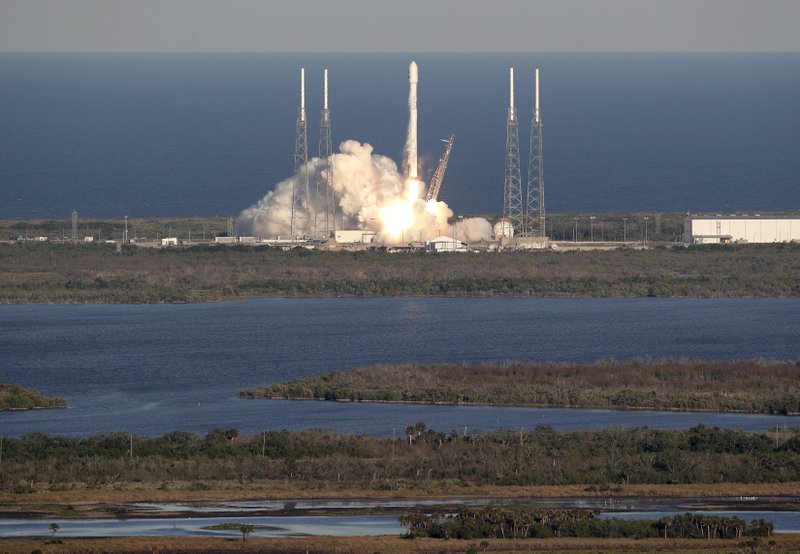CAPE CANAVERAL, Fla. -- NASA's Tess spacecraft embarked Wednesday on a quest to find new worlds around neighboring stars that could support life.
Tess rode a SpaceX Falcon rocket through the evening sky, aiming for an orbit stretching all the way to the moon.
The satellite -- the Transiting Exoplanet Survey Satellite, or Tess -- will scan almost the entire sky for at least two years, staring at the closest, brightest stars in an effort to find and identify any planets around them. Hundreds of thousands of stars will be scrutinized, with the expectation that thousands of exoplanets -- planets outside our own solar system -- will be revealed right in our cosmic backyard.
"The sky will become more beautiful, will become more awesome" knowing there are planets orbiting the stars seen twinkling at night, said NASA's top science administrator, Thomas Zurbuchen.
Discoveries by Tess and other missions, he noted, will bring us closer to answering questions that have lingered for thousands of years.
Does life exist beyond Earth? If so, is it microbial or more advanced?
But Tess won't look for life. It's not designed for that. Rather, it will scout for planets of all sorts, but especially those in the so-called Goldilocks or habitable zone of a star: an orbit where temperatures are neither too cold nor too hot, but just right for life-nourishing water.
The most promising candidates will be studied by bigger, more powerful observatories of the future, including NASA's James Webb Space Telescope, due to launch in another few years as the heir to Hubble. These telescopes will scour the planets' atmospheres for any of the ingredients of life: water vapor, oxygen, methane, carbon dioxide.
"Tess will tell us where to look at and when to look," said the mission's chief scientist, George Ricker of Massachusetts Institute of Technology.
A Section on 04/19/2018
